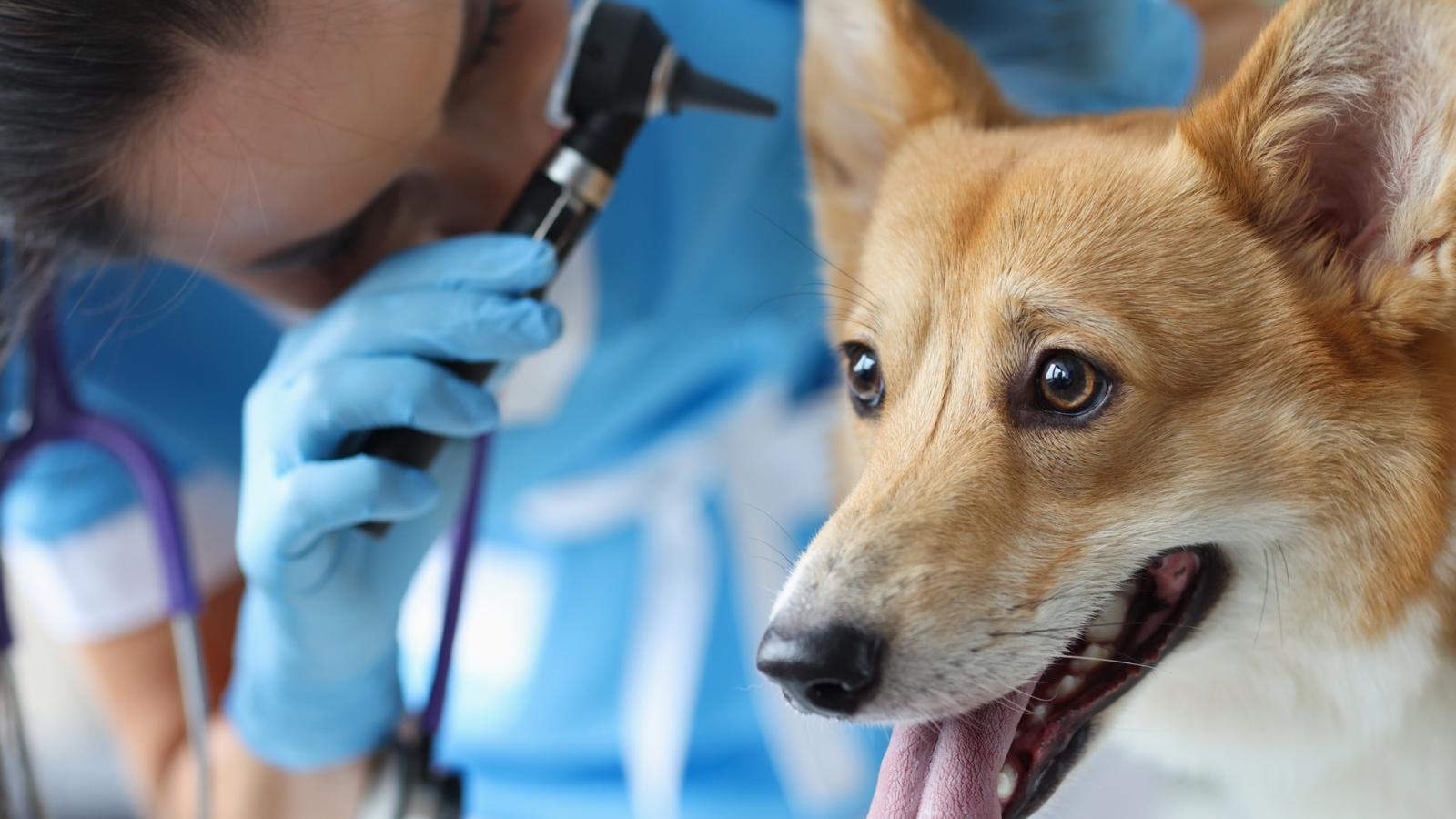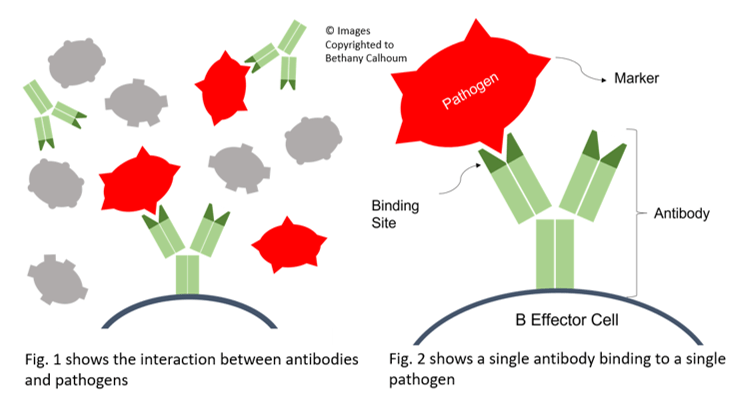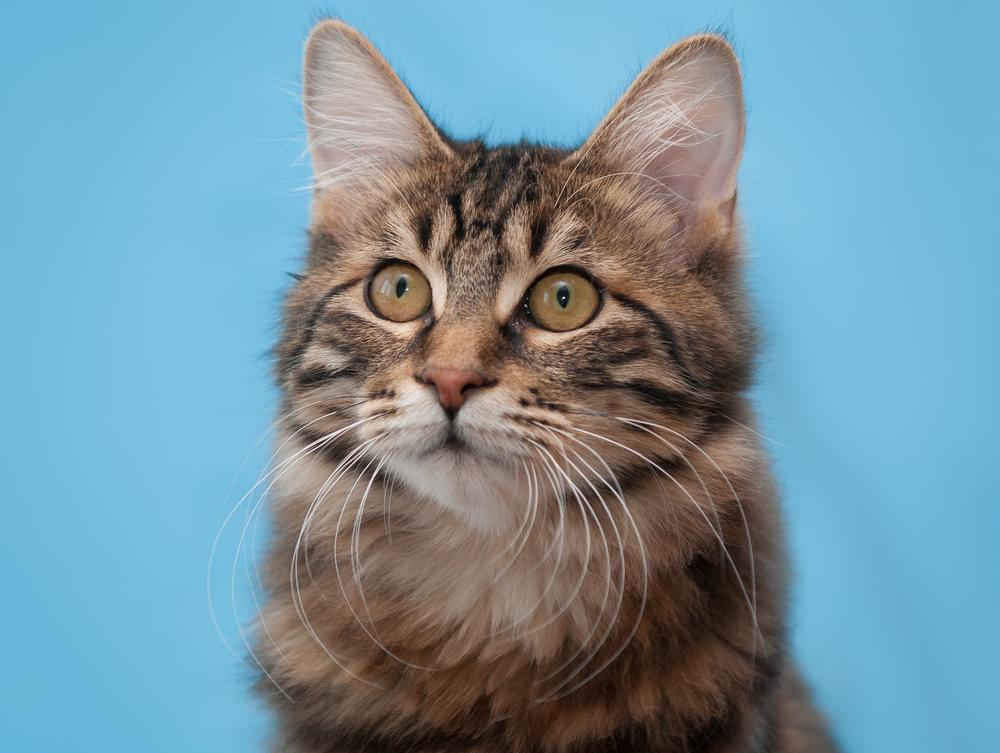Hyperthyroidism is commonly accepted as the most common feline endocrine disorder.
These are the words found in a Journal of Feline Medicine and Surgery. Here at My Pet Nutritionist, this worries us for two reasons.
1) That hyperthyroidism is such a common disorder
2) That it is accepted
Being noted as an epidemic, we think it deserves a little attention. So, let’s explore hyperthyroidism in a little more detail, and what, if anything we can do about it.
Until the late 1970’s, there appear few references to hyperthyroidism in the cat. Were there sudden developments in veterinary science, or was something else afoot?
What is the thyroid?
The thyroid gland is part of the endocrine system. It is a small butterfly shaped gland in the neck. One of the main functions is to produce hormones to regulate the body’s metabolism (the process that turns food into energy). These are more commonly referenced as T3 and T4.
Hyperthyroidism is when the thyroid is hyperactive – there is an increased production of thyroid hormones.
Symptoms of Hyperthyroidism:
- Weight loss
- Increased appetite
- Increased thirst
- Increased activity
- Increased heart rate
- Poor coat condition
- Mild/moderate diarrhoea
(yet some cats can demonstrate generalised weakness lethargy and loss of appetite)
Many cases of hyperthyroidism can be medicated, and so complications are rare, but they can include:
- Cardiovascular changes
- High blood pressure
- Kidney damage (more commonly asa result of treating hyperthyroidism)
Diagnosis is usually based on enlargement of the thyroid glands, but this is not always visible. A blood test will confirm levels of thyroid hormones.
Treatment is generally with thioamides, which in short act as anti-thyroid medication. They do not cure, simply control, but they must be administered daily. Side effects of this medication can include poor appetite, vomiting and lethargy. Although in some cases, the thyroid gland has been removed.
So, what causes hyperthyroidism?
So far, there are two main categories of risk factors for hyperthyroidism in the cat.
– Nutritional deficiencies
– Exposure to thyroid-disrupting compounds
There are too genetic risk factors associated with hyperthyroidism, for example Siamese or Persian cats are less likely to suffer with the condition where as domestic shorthaired are the more commonly affected.
Findings here
Nutritional Deficiencies
As claimed in the Journal of Feline Medicine and Surgery, “the feeding of commercially prepared cat food is one leading candidate as a major risk factor for the development of thyroid pathology and hyperthyroidism in cats.”
It claims that all epidemiological studies to date have identified feeding an increased proportion of commercially prepared cat food is a risk factor.
There are arguments that in the last few decades, the cat food industry has been on a bit of a rollercoaster with iodine. First, they considered high iodine was implicated in hyperthyroidism, so they significantly dropped levels, and since, iodine content has ranged from non-detectable to extremely high, depending on the manufacturer. Iodine is a key element in the synthesis of thyroid hormones. Low iodine results in low thyroid hormone,which spurs the pituitary gland to increase its secretion of thyroid stimulating hormone (we all want to survive after all). Persisting high TSH leads to enlarged thyroid glands.
Interestingly, when studied, cats fed a commercially prepared diet who were relatively deficient in iodine, were four times more likely to develop hyperthyroidism than cats supplemented with iodine.
Findings here
Simple iodine supplementation is not the answer to the question, as is it considered merely a co-factor in a range of causes.
Others include, exposure to thyroid-disrupting compounds in the environment, drinking water or diet.
Interest in this first appeared with the introduction of fire-retardant chemicals in many household items. The rates of hyperthyroidism seemingly increased with the introduction of these products.
Findings here
Cats are hyper-carnivorous and have lower activity of certain enzymes involved in both phase I and phase II detoxification pathways. These phases are responsible for breaking down toxic substances in the body (both internally produced and externally exposed). This therefore limits their ability to metabolise toxins.
This poor metabolism of xenobiotics is thought to alter the structure and function of the thyroid gland, not only that but there are considerations that it too effects the elimination of T4 hormone, of which leads to high circulating levels.
There is evidence which correlates high levels of toxic compounds with feline hyperthyroidism, these compounds are also higher than found in humans that the cats live with (suggesting issues in metabolism).
There is a risk associated with commercial food that contain isoflavones and phthalates coming from soy and corn. Both of these compounds are known as endocrine disrupters. These vegetable substrates are detoxified by a particular pathway which is known to be slow in cats.
Findings here
Being an indoor cat is seen as a risk factor because of the exposure to persistent organic pollutants. Dust is a matrix collecting a range of volatile chemicals released from indoor products like flooring, textiles, furniture, and of course human skin (containing beauty or cleaning products). The heightened exposure is thought to be due to cat grooming behaviour – licking the dust off their coats and ingesting it.
Findings here
Certain flame-retardant compounds have also been found in commercial cat foods, and data has suggested that the cat liver struggles to metabolise these compounds. These PBDEs (polybrominated diphenyl ethers) contain bromine atoms which mimic iodine and so they may interact with thyroid binding proteins.
Cats with hyperthyroidism have also demonstrated higher levels of PFAS which are polyfluoroalkyl substances which are found in products with grease repelling functions, like surface sprays, and floor polishes.
Findings here
Interestingly, there is a correlation between litter use and hyperthyroidism in cats. Those that use litter boxes more often, are more likely to receive a diagnosis. That along with receiving treatment for ectoparasites.
Findings here
BPA exposure has also been linked to hyperthyroidism in cats. As we know BPA is found in food, air and soil! Again, cats have a slower pathway in eliminating it. BPA binds to thyroid receptors, competitively displacing hormones.
So, what can we do to minimise the risk?
- Avoid foods containing soy
- Avoid food packaged with BPA
- Avoid plastic food bowls
- Avoid storing food in plastic containers
- Avoid heating foods or fluids in plastic containers
- Consider home-made meals
- Offer filtered water
- Avoid the use of synthetic litter – those with deodorisers etc – use biodegradable pellets
- Wipe the indoor cat with a damp hand towel daily
- Vacuum regularly with a HEPA filter
- Consider using a HEPA air cleaner
- Limit chemicals applied in the cat’s environment (cleaning products, air fresheners etc.)
- Avoid topical flea control
There are of course genetic elements to hyperthyroidism, but for the majority of cats, it seemingly is a condition that they are at risk of developing. Whilst it can be treated, often successfully, if there are things we can do to minimise risk, surely it makes sense to do so?
To that end, we would advocate feeding a fresh food diet. Cats are carnivorous, in that they get everything the need from meat sources. They are in fact obligate carnivores meaning they can convert energy from fats and protein (gluconeogenesis) and have no requirement for carbohydrate. Their body requires nutrients to support their detoxification pathways, so ensuring we are meeting their needs in the first place is key to optimal health. Their metabolism of certain compounds is slower, so we need to reduce the exposure in the first place. Limiting toxins is essential; whether this is unnecessary medications, vaccinations or daily products found in the home.
If your cat is showing symptoms of thyroid issues, then seek the advice of a qualified professional to identify next steps.
If you would like any help in supporting the health of your cat, then please check out our services
here.
Thanks for reading!
MPN Team x








